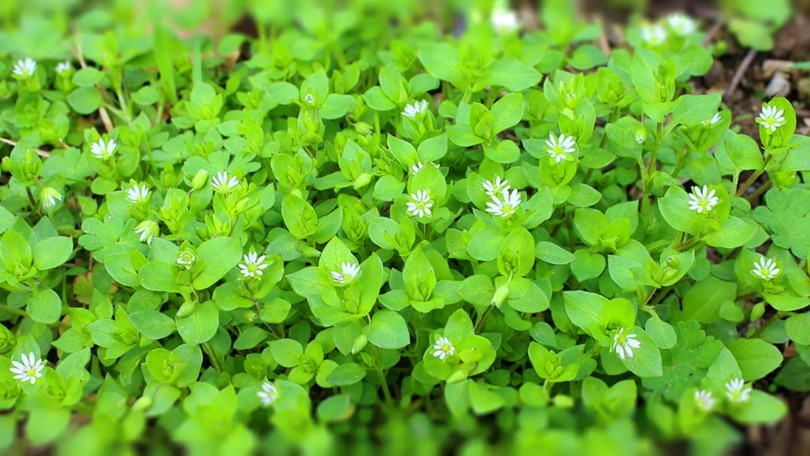
The control of weeds in the garden is an eternal problem. In the ennobled territory, I would like to create optimal conditions for garden crops and get a decent crop, and weed, including wood lice, in every possible way resists this, taking away both food and place. How to get rid of wood lice at the site forever is a task, the solution of which requires certain efforts.
Content
Woodlice Plant Information
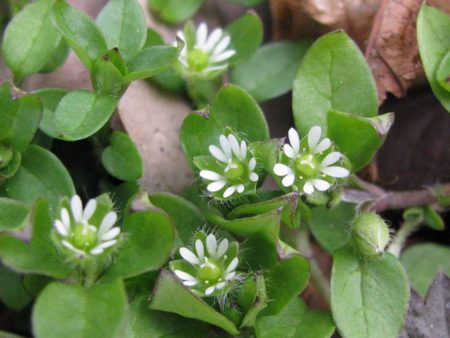
The scientific name of the familiar wood lice is medium asterisk. Its other names are associated with some medicinal properties and a predisposition to rapid growth on moist soils - woodworm, woodworm, woodwort, hernia, heart grass.
A grassy low plant has succulent stems and small rounded leaves. The entire vegetation period blooms with small, asterisk-like, white flowers. From the beginning of flowering to the complete ripening of seeds, 4-5 weeks pass, then the next cycle begins, and so on the entire growing season. About 15,000 seeds can ripen on one bush per season.
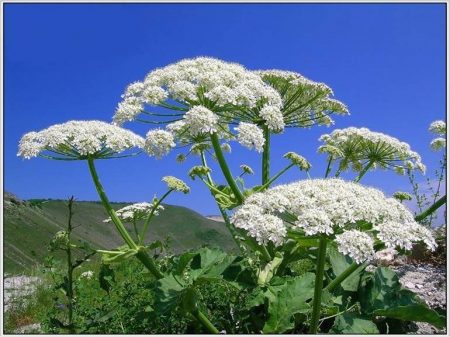
Ways to deal with hogweed in the area
Hogweed - a real evil in the country! Methods of dealing with this weed will help to ennoble the plot, as well as ...
In addition to a large number of seeds, the ability of the stem to take root contributes to the active reproduction of the plant, as well as a developed root system of long thin roots that quickly occupy the space around. Another important factor in the distribution of weed in the area is acidic soil.
Woodlice, depending on the composition of the soil, can grow in separate bushes, and can cover a large area of the garden with a continuous carpet. In any case, the presence of weed damages garden crops.
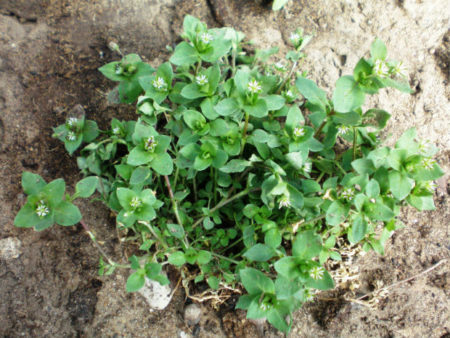
Getting rid of wood lice forever is a difficult and time-consuming job, in which much depends on the regularity of the events. Measures are in mechanical action and in the use of various means: chemical, folk.
Mechanical impact and agrotechnical measures
Weed removal should begin in early spring, when the soil has only thawed and the plant has not started the growing season.
Stages of mechanical action:
- digging and loosening the soil while removing weed roots and plant debris;
- primary weeding of emerged sprouts or, if possible, loosening with the removal of roots;
- in the future, during the season, weeding should be carried out regularly as new shoots appear, using a narrow spatula or a special tool to remove the roots;
- dig the soil after harvesting, remove all the small roots, otherwise in the spring they will take root and shoot again.
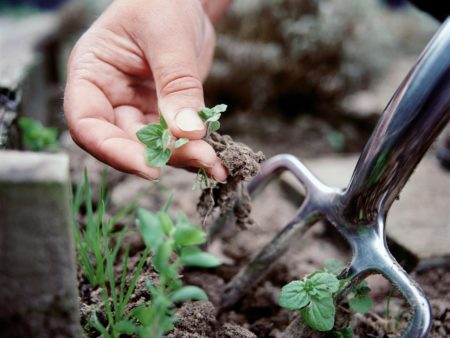
Digging is recommended with a pitchfork, so as to less damage the roots, parts of which remain in the ground.
After each weeding, all plant debris must be removed, otherwise it will be difficult to get rid of wood lice in the garden - any remaining root or stem will give rise to a new plant. It is not recommended to remove wood lice in compost - tenacious seeds will not lose their germination during its preparation.
Of course, weeding and manual processing of ridges is physically expensive work, but its annual conduct will lead to almost complete removal of the weed. In the future, it will be necessary to avoid getting into the soil (on the soil) plant residues with the seeds of woodlice.
How to reduce the acidity of the soil
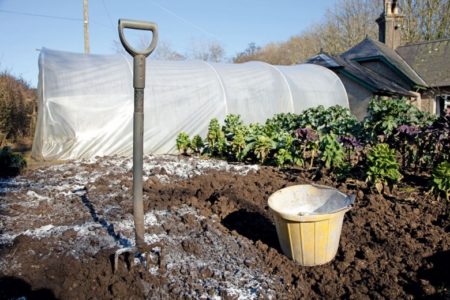
Regular mechanical action in combination with a decrease in acidity can give a very good result.
One of the most effective ways to reduce acidity is to add lime. It is best to make it during the autumn digging of the site after harvesting. The amount of lime depends on the level of soil acidity - add 60 kg per hundred square meters to a very acidic one, 45 kg to a medium acid one, and 30 kg to a slightly acidic one.
The addition of slaked lime during spring digging - 50-150 g per 1 m² also gives a good result. Slaked lime is obtained by adding water to the lime.
To reduce acidity, it is convenient, immediately before planting, to use dolomite flour - it is not able, like lime, to burn roots and stems. The norm per 1 m² for acid soil is 500-600 g, medium acid - 400-500 g, slightly acid - 300-400 g.
Mulching
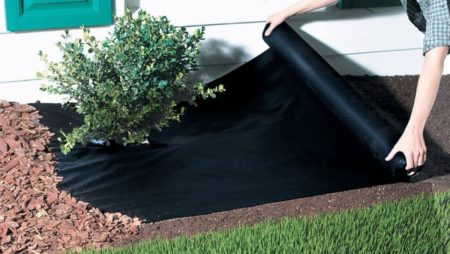
Mulching is the blocking of light access to weeds (and not only) plants. In the dark, the process of photosynthesis stops, which leads to the death of not only the aerial parts, but also the roots. As a mulch, any material that does not transmit light is suitable: ruberoid, black film, boards, old linoleum, agrofibre.
You can use a coating of organics, for example, grass, leaves, hay, pouring it with a layer of 10 cm. In this case, when overheated, it will also serve as a source of nutrients.
This method requires a long time - from the area covered in the spring, the coating can be removed only next summer.
Mulching can be carried out partially by pouring a layer of mulch around the plant or by cutting holes for it in the film - the cultivated plant will receive both nutrition and the necessary lighting.
The use of chemicals
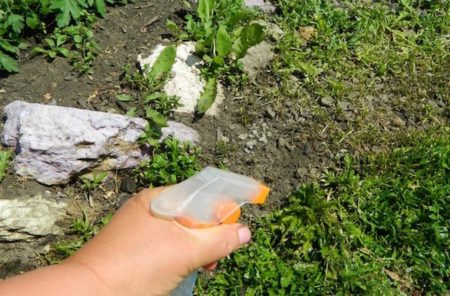
Depending on the area occupied by weeds, and the proximity to other plants, it is sometimes convenient to use herbicides, for example, Tornadoes, Hurricane.
Processing plants are 5-10 cm tall. If the area is large, then a solution of 120 ml of the drug and 5 l of water is sprayed, if the plants are single or there is a fear of damaging neighboring crops, then treatment can be carried out using a brush.
All work with chemicals should be carried out with gloves and special clothing.
Alternative methods against wood lice
In the fight against any weeds always used folk remedies that do not harm the soil, garden plants and humans:
- with strong saline water the areas overgrown with woodwort (paths, empty places, but not the beds where vegetables grow), or sprinkle dry salt at the rate of 1.5 kg per 1 m²;
- Spray weed thickets with the composition - vinegar and water, 2 cups + 1 sachet of citric acid + 30 g of alcohol + 2 tsp. detergent, trying not to get on the planting of vegetables;
- saturated soda solution to spray shoots of woodlice (no closer than 20 cm to cultivated plants);
- use herbicidal soap for processing - a mixture of equal parts of salt, vinegar and ground laundry soap.
Gardeners tips
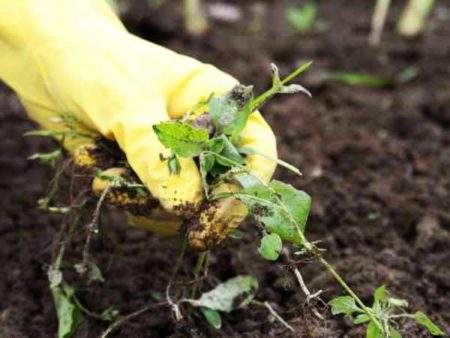
The experience gained by practice is always relevant because it is based on reality and based on accessibility.
A few tips:
- The garden should not have empty land - where something grows weeds are always smaller.After harvesting a single crop, early-ripening vegetables and green manure plants can be planted on the empty beds. After green manure on the problem area, weeds become much less.
- With a reasonable compaction of plantings, weeds get less usable area.
- The constant removal of the aerial part of the weeds at the soil level leads to the depletion of the root system and the weed dies. It is not recommended to dig in, as damage to the root can give the opposite result - a new plant will grow from a small part of the root system.
- Between the rows you can lay linoleum or pour fine gravel, gravel, crushed brick.
- With a deep autumn digging, the roots remaining in the ground freeze.
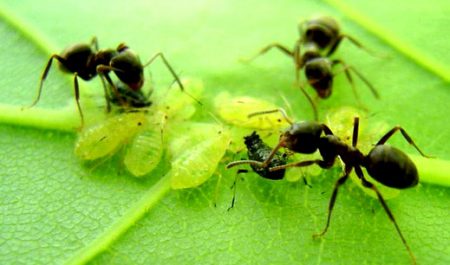
How to get rid of ants in the garden forever: folk remedies
Ants, who are often called "forest orderlies", can become a real threat to the plants that are grown on ...
In conclusion, we can say that the complete destruction of wood lice in the garden is quite possible with constant exposure to the weed in any way acceptable to you. But you should remember that getting rid of weed temporarily if the process of destruction is irregular.

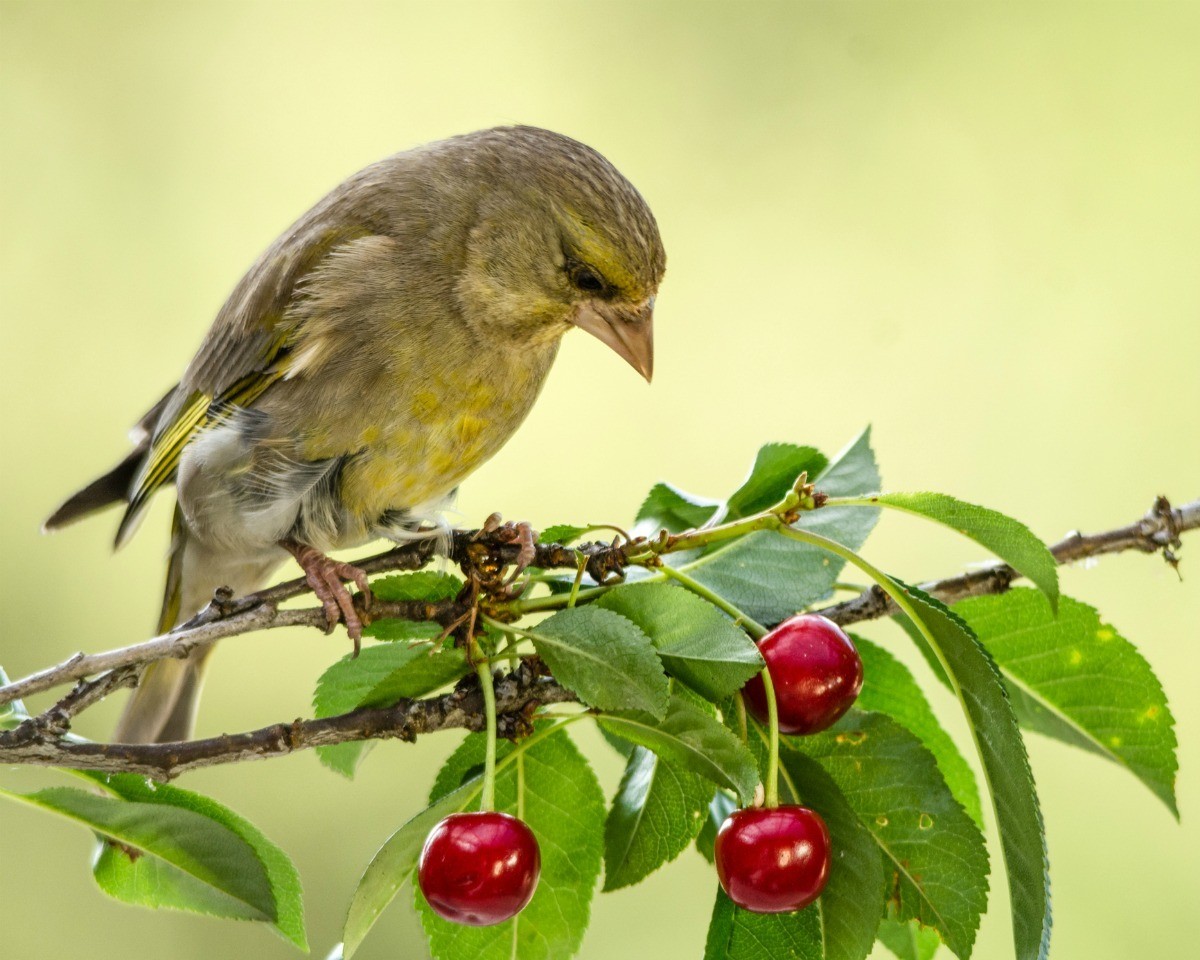
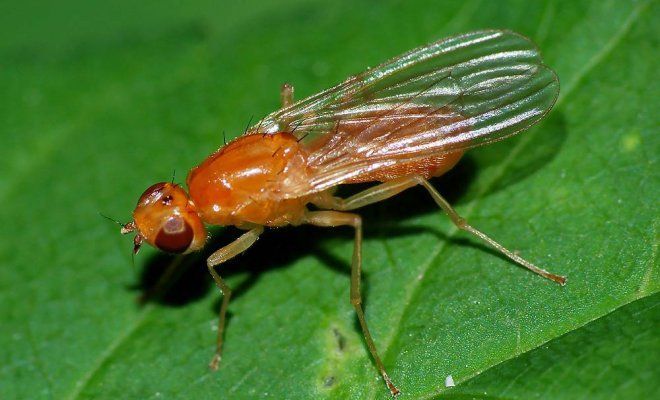
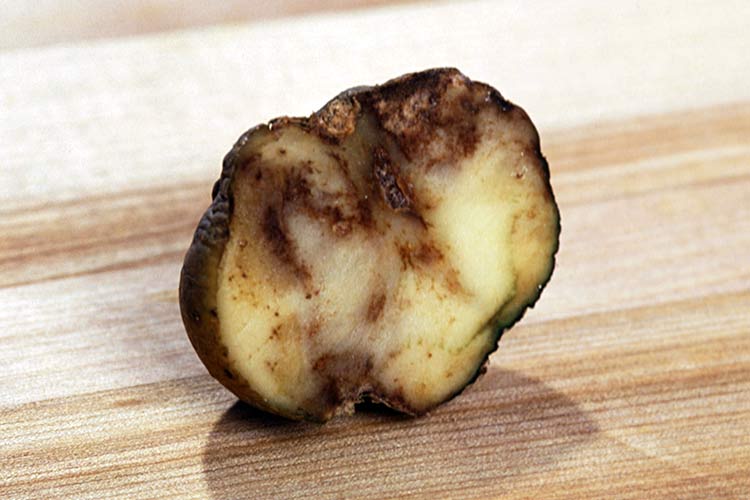
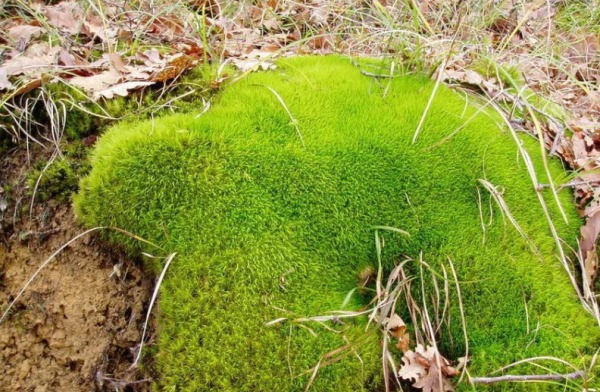 Where does moss come from in the garden and is it necessary to get rid of it?
Where does moss come from in the garden and is it necessary to get rid of it?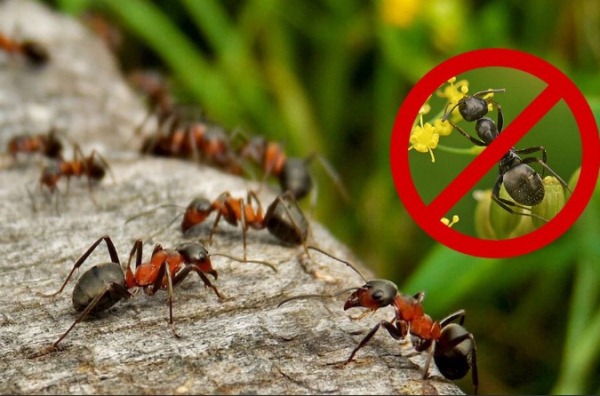 The most effective ways to deal with ants in the area
The most effective ways to deal with ants in the area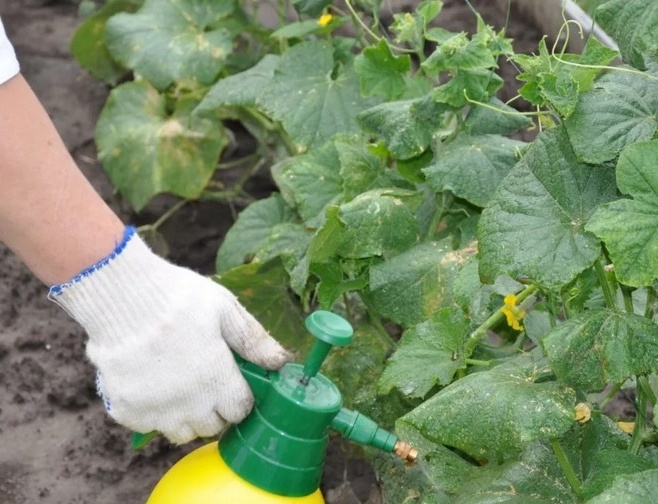 Cockchafer and Bear: An Easy Way to Save Plant Roots
Cockchafer and Bear: An Easy Way to Save Plant Roots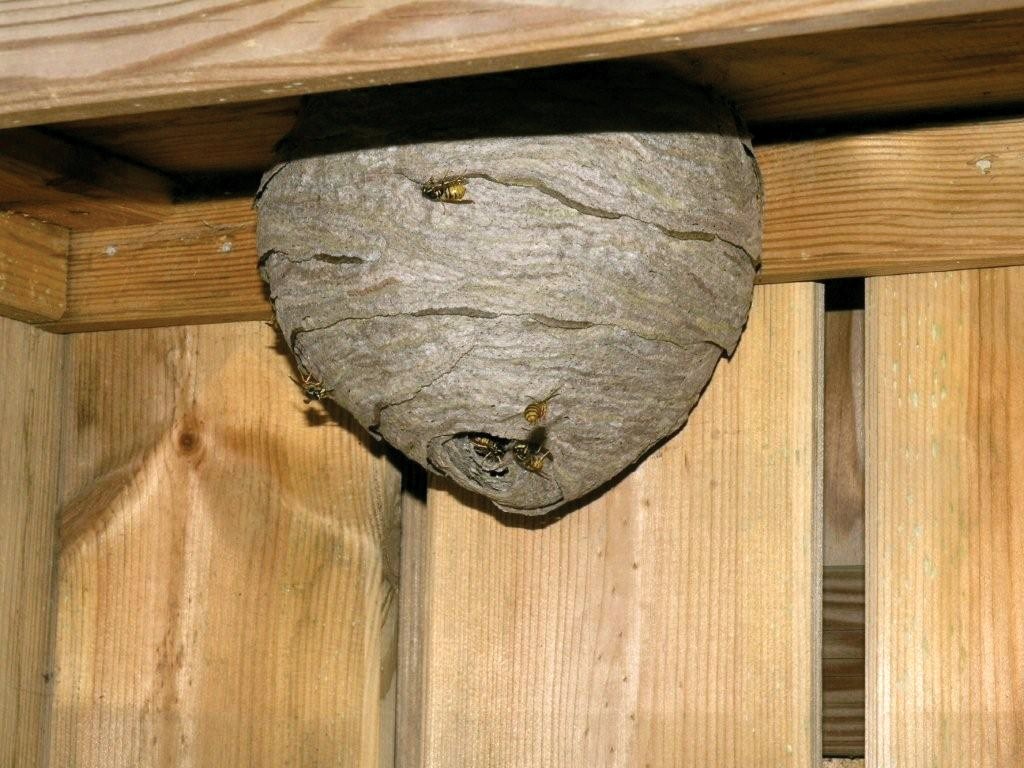 Get rid of the aspen nest quickly and safely.
Get rid of the aspen nest quickly and safely.
Irina
Woodlice is a healthy plant. If lightly boiled, and then stewed with fried onions and beaten with an egg, you get a great dish. In Dagestan, a mass of fresh cake is stuffed with this mass, which is baked in a dry frying pan. You can also add dill there.
Evgeniy
How to get rid of wood lice in the garden: chemical and folk remedies. What for? After all, wood lice is a wonderful mulching material. It interferes with crops with low vegetative mass. But here, ordinary loosening and thinning are enough. And who needs bare earth, lifeless, under the scorching rays of the sun, dehydrated. But wood lice, like no other plant, retains moisture in the soil in the best way! Please note: there is drought, there is dry land around, and under the cover of woodlice in the morning the soil is moderately moist. This is what good the main culture is. Yes, and watering is not needed!
anatolia
why write such articles? disturb the people. I give wood lice to hens. they are bastards. and if it interferes with mowing.
Helena
The complete “venigret”: weed, roundup, compost, mulch, salt ... Gentlemen, your readers are much more advanced than you. Such a heresy only annoys, what a rating.
Vera Ivanovna
I love wood lice .... what kind of savior is it. Who has problems with the thyroid gland, with a heart, with menopause in women ... salvation of wood louse. Climax passes easily without hot flashes and sweating. Make fresh wood louse in salad for soup. In borsch ... What is it fresh juicy. Divine grass under our feet, just bend over and heal.